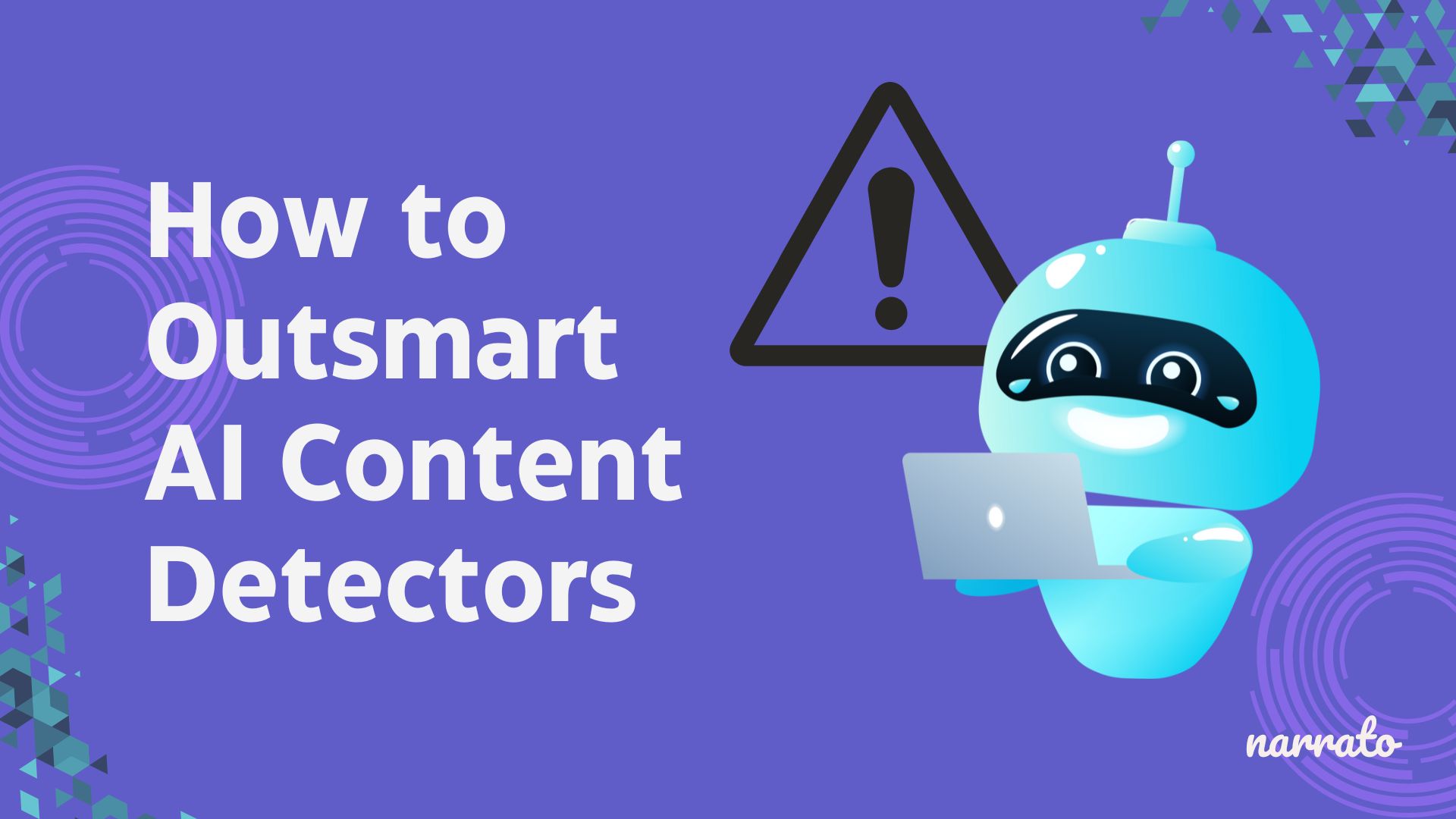AI Content Detector: Unleashing The Power Of Artificial Intelligence In Identifying And Evaluating Online Content
Understanding AI Content Detectors: How They Work and Why They Matter
What do we mean by AI Content Detectors?
AI Content Detectors are sophisticated tools that use artificial intelligence algorithms to analyze and assess the content of various types of media, including text, images, and videos. These detectors are designed to identify and flag potentially harmful or inappropriate content, such as explicit or violent material, hate speech, or copyright infringement. By automating the process of content moderation, AI Content Detectors help ensure that online platforms and websites maintain a safe and suitable environment for users.
How do AI Content Detectors work?
The functioning of AI Content Detectors can be quite complex, involving multiple stages and processes. However, at a high level, these detectors operate by training machine learning models on large datasets of labeled content. These models learn patterns and characteristics of both acceptable and unacceptable content, allowing them to make accurate predictions on new, unseen data.

For text content, AI Content Detectors analyze various aspects, such as grammar, syntax, sentiment, and keywords, to determine the overall context and sentiment of the text. They can identify offensive language, spam, or plagiarized content. When it comes to images and videos, detectors use computer vision algorithms to detect explicit imagery, violence, or graphic content. They can also detect objects or scenes that may violate copyright or intellectual property rights.
To continuously improve their accuracy, AI Content Detectors often rely on user feedback and human moderation. When a user reports or flags content, these detectors take into account the feedback to refine their models and ensure better performance in the future.
What is known about AI Content Detectors?
AI Content Detectors have gained significant attention and scrutiny in recent years due to their potential impact on free speech, censorship, and privacy. Critics argue that these detectors might over-censor or falsely flag content, leading to the suppression of legitimate speech or creative expression.
In addition, AI Content Detectors may face challenges in detecting nuanced or context-dependent content. For example, sarcasm or irony in text can be difficult for algorithms to interpret accurately, potentially leading to misclassifications or misinterpretations.
Furthermore, the implementation of AI Content Detectors requires careful consideration of ethical and legal implications. Decisions about what content should be flagged or removed can have significant consequences, and ensuring fairness and transparency in the detection process is crucial.
Solution: Enhancing AI Content Detectors
To address the concerns and limitations associated with AI Content Detectors, researchers and developers are actively working on enhancing their capabilities. These efforts involve leveraging more advanced machine learning techniques, such as deep learning and natural language processing, to improve the accuracy and interpretability of the detectors.
Moreover, incorporating user feedback and involving human moderators in content moderation processes can help reduce false positives and ensure a fairer system. Transparency and explainability in AI Content Detectors are also essential, allowing users and content creators to understand how decisions are made and providing avenues for appeal or correction.
Additionally, collaboration between researchers, policymakers, and industry stakeholders is vital to establish clear guidelines and regulations that govern the use of AI Content Detectors. These guidelines should strike a balance between protecting user safety and freedom of expression, while also respecting privacy rights and avoiding biases or discrimination.
Conclusion
AI Content Detectors play a crucial role in maintaining a safe and suitable online environment. By leveraging artificial intelligence algorithms, these detectors can identify and flag potentially harmful or inappropriate content. However, the development and implementation of these detectors should be accompanied by careful considerations of the ethical, legal, and privacy implications to ensure fairness and minimize the risk of over-censorship. As technology advances and research progresses, it is expected that AI Content Detectors will continue to evolve and improve, making online platforms safer and more responsible.
FAQs (Frequently Asked Questions)
Q1: Can AI Content Detectors perfectly identify all types of harmful content?
A1: While AI Content Detectors have significantly improved, they are not foolproof and may occasionally miss certain types of harmful content. Ongoing research and user feedback help enhance their detection capabilities.
Q2: Can AI Content Detectors be biased?
A2: Yes, AI Content Detectors can be biased based on the data they are trained on. Efforts are being made to address bias and ensure fairness in the detection process, considering diverse perspectives and avoiding discrimination.
Q3: Are AI Content Detectors used only by social media platforms?
A3: No, AI Content Detectors are used by various online platforms, including social media platforms, video sharing platforms, content management systems, and online marketplaces, to ensure user safety and compliance with policies.
Q4: What happens if content is falsely flagged or removed by an AI Content Detector?
A4: In case of false positives or content removal, users usually have the option to appeal or request a review. Human moderators may assess the flagged content and make necessary corrections if an error is identified.
Q5: Can AI Content Detectors understand cultural or regional variations in content?
A5: AI Content Detectors strive to incorporate cultural and regional variations to avoid unnecessary censorship. However, achieving perfect understanding of all cultural nuances and context is challenging, and improvements in this area are ongoing.
Posting Komentar untuk "AI Content Detector: Unleashing The Power Of Artificial Intelligence In Identifying And Evaluating Online Content"